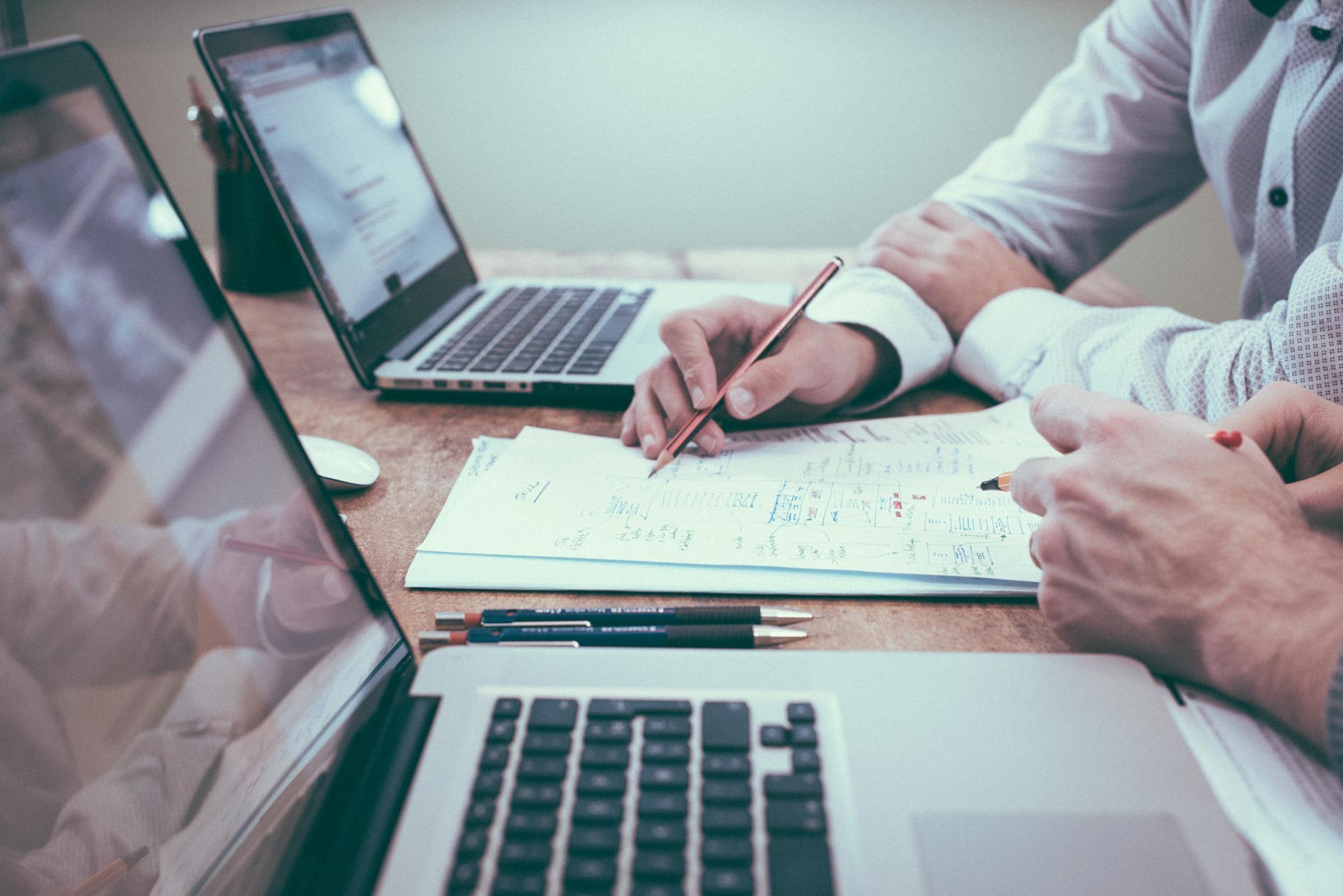The so called Design Process.
Its not only some of the steps you follow to make something amazing but more.

Photo from unsplash ❤
What is this all about?
If you are a designer then you know the value a design process holds. Nothing beautiful, working product ever made without an amazing strategy, without an amazing team and without an well thought Design Process.
What is design process?
The thing its a rational term. Highly depends on Time : Product: Money: People involved: Deliverables: Scope
The process is unique to an individual. What you may think the obvious is, may not obvious to some others or users, or client, or you, or me. Still, there are steps/process following which a design creative is done. Sometimes the process will eventually become like the final result. The very first step is the principle of whatever method we may use in the process, understanding the problems and the objectives before working on it.

However, the design process is somewhat unrealistic. Any 'step-by-step' process, even this one, fits perfectly when the variables are ideal. And, in many cases, things aren't: tight deadlines, no resources for research, stubborn client, stubborn managers etc. And, in some cases, the process may not be the best fit for the task (designing a login screen).
Consider a scenario: Design a login screen:
The question is, does it needs content architecture. Its very clear that what there will be on the login screen. Again these simple things get complicated when we involve things like the style guide, imagery, content, guidelines etc. Designing only login screen does not require to follow the process, anyway its only a small part of a big product. It is essential to consider how it fits into the larger set. Sometimes Developer can be effective at this when there is animation, the transition involves. Still, ideation requires for this.
At the end of the day, a true design process is not a set of a buzz word. It is the ability to know when to apply parts of it and when not to. It is the ability to know how a process fits with scenarios like adjusting to a developer's skillset, designer skillset, compromising a shorter timeline, or accommodating the goals of another team. Accommodating the client needs. Designer exists to solve problems, but problems never come in nice packaging. Do it? Well, there is always hope. Somethings to consider.
Requirement, purpose, deliverables, why how when what for, Client Involvement, Research, User Testing, User Personas, User Stories/ Scenario/ Sitemap, Conclude Findings, Ideation, Scalability, Solution, Content, Information Architecture, Tools, Wireframe, Prototype, Iterate, Develope, Documentation, Design System, Deliver.

These are some of the steps and process that can lead to a final product. In most cases, the final product may not be the final product. A designer needs to collaborate closely with the developer, content strategist, Client now and then to bring the product into a meaningful product. When times pass, with thoughtful thinking, certain things become more clear and clear, and when things get clear, iteration requires even though designer have done their part of things. So its an ongoing process. Actually, it's all of these and so much more!
For curious minds
A 6 Step Website Design Process for Clients
How to design a poster: the ultimate guide
How to design a book cover: the ultimate guide - 99designs
6 Steps in A Common UX Design Process
The Design Process-Pablo Stanley
When you go through these, one thing becomes clear. Depends on what is it, what to be done, process varies and so does everything in between.
Thanks!
Caught a mistake or want to contribute to the blog? Edit this page on GitHub!
Be the first to comment.
